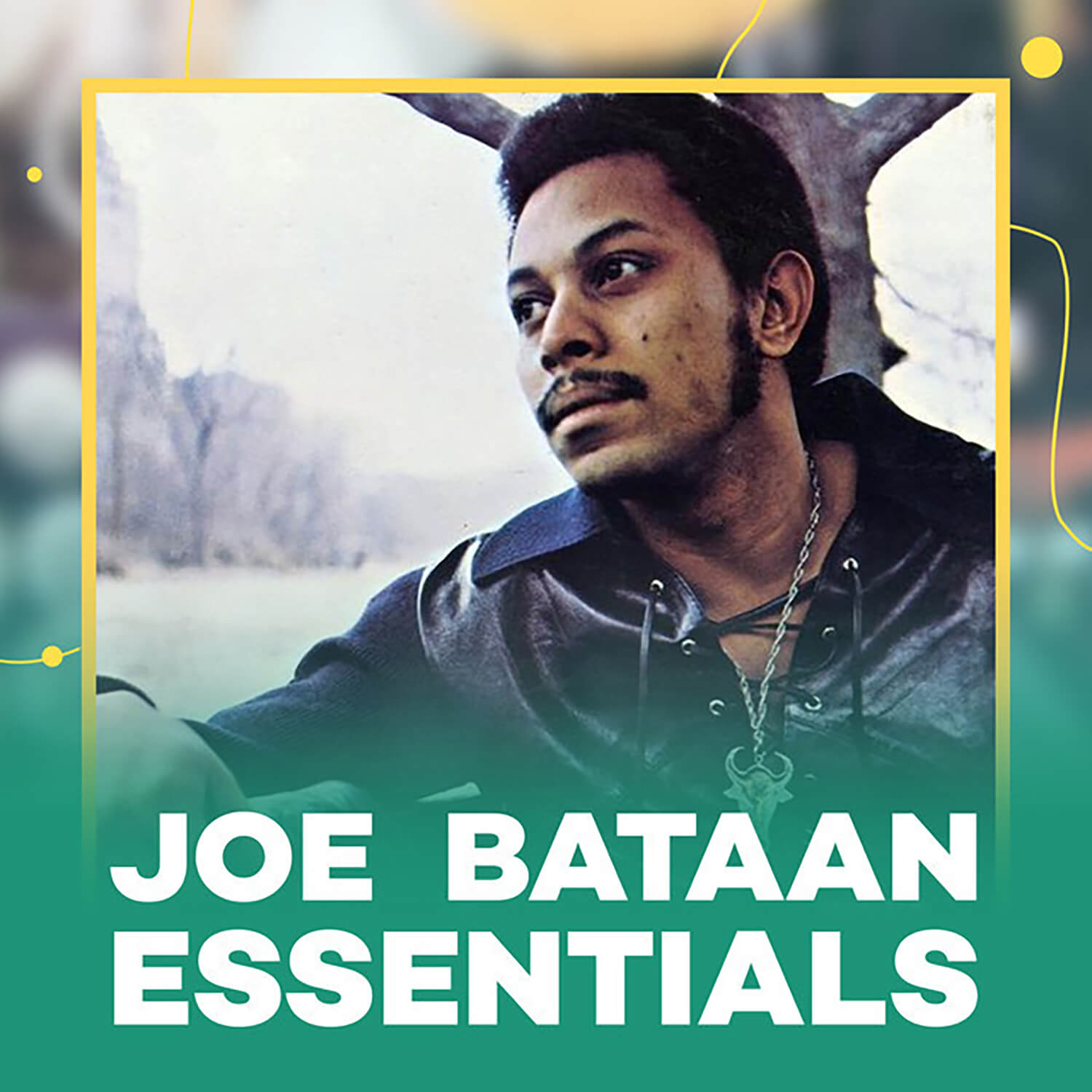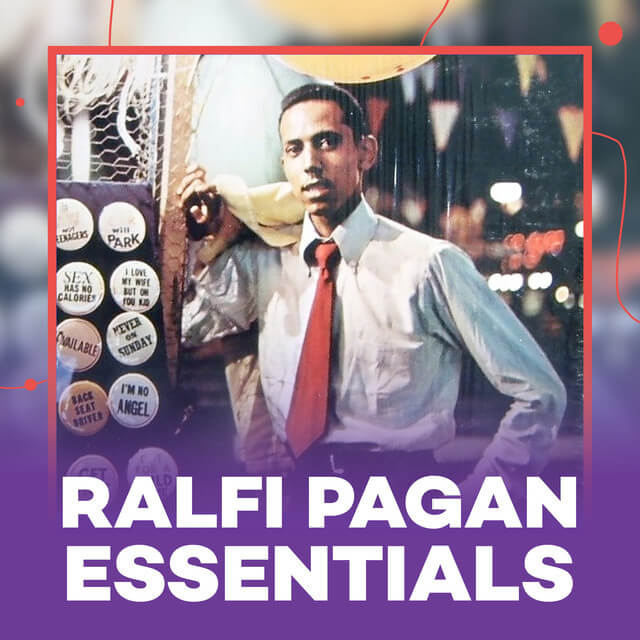
When I first laid eyes on Héctor Juan Perez Martínez it was at a recording studio where he was about to record for the first time with a band called Willie Colón & His Conjunto La Dynámica. He was just a sideman keeping to himself while other singers did the lead singing. No one envisioned, at that time, that this scrawny teenage back-up singer would transform into Héctor Lavoe; the most beloved, immortalized vocalist in the world of Latin/Tropical music for decades to come. The recording, back in 1966, was for a new record label out of the Bronx, NY, by the name of Futura. The label was formed by the renowned former owner of the prestigious Alegre record label, Al Santiago, who had sold Alegre to Morris Levy of Roulette Records. Levy, who had ties to organized crime, aspired to control all music coming out of New York’s successful Latin music scene. Levy succeeded in owning Tico, and other Latin labels until he was forced to sell to Fania in 1974.
“El Cantante de los Cantantes,” (The Singer of Singers) as he was affectionately referred to, went on to record dozens of albums for Fania. Often sharing the spotlight with Willie Colón, Johnny Pacheco, the Fania All Stars, Celia Cruz, Tito Puente and many other artists who welcomed Hector’s presence when working on their own albums. But for one to appreciate the diversity of Héctor’s extraordinary talents you would need to listen to La Voz (The Voice), Héctor’s first of nine solo albums released with Fania. For this album, Hector wanted his comrade, Willie Colón, to take charge of the musical arrangements and the production. The album includes an array of talented musicians which include Rubén Blades, Willie García singing coro, Mark Dimond on piano, Nicky Marrero: timbales, Jose Mangual: bongos, Milton Cardona: congas, Eddie Gua Gua Rivera on bass and a horn section that includes Héctor Zarzuela, Ray Maldonado, Jose Rodriguez, and Tom Malone. Héctor demonstrates, in this album, his unique technique while improvising clever remarks in his soneos and displaying the smoothness of his voice throughout the recording. La Voz features a number of hits beginning with “El Todopoderoso” which builds to a very danceable montuno. The next title is “Emborrachame De Amor,” a bolero where Héctor shows us his romantic side. “Rompe Saraguey” is another title that is still heavily streamed by his loyal fans across the globe. The clever arrangement starts with a cha-cha feel and turns into a son montuno, which features an extraordinary piano solo by Mark Dimond, and trumpet solo by Héctor Zarzuela. This album features the exciting “Mi Gente,” which became the most popular of all the tunes in this album. When performing for huge crowds, like Yankee Stadium, Héctor asks the audience to sing “La la la la la la la,” while he continues to electrify the crowds. This cut is pure, powerful and beckons those mambo dancers to strut their stuff.
Tragically, Héctor Lavoe died at the age of 46, in 1993, from AIDS. His life story became a feature film titled El Cantante with Marc Anthony portraying Héctor and Jennifer Lopez playing the part of Puchi, Héctor’s wife. —Bobby Marin

Yomo Toro

Richie Ray & Bobby Cruz

Pete “El Conde” Rodriguez

Sonora Ponceña

Larry Harlow

La Lupe

Celia Cruz

Fania All Stars

Roberto Roena

Joe Bataan

Ruben Blades

Bobby Valentin

Eddie Palmieri

Hector Lavoe

WILLIE COLON

Ray Barretto

Tito Puente

Ralfi Pagan

Markolino Dimond



